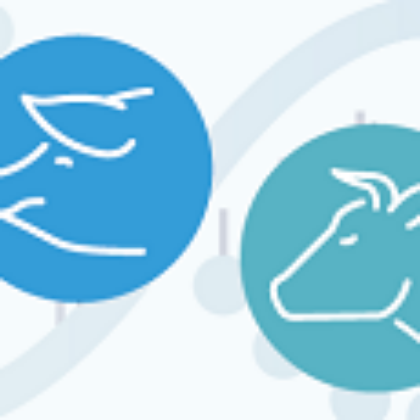Genomic selection: threat or opportunity for small breeding programs?
The animal Article of the month for June is a collection of articles from the 10th WCGALP (World Conference of Genetics Applied to Livestock Production)
The success of livestock breeding programs depends on the selection of the best animals to become the parents of the next generation of production animals. The more accurate and the faster this selection step takes place, the more genetic improvement can be made per generation. Genomic selection (GS) is a technique that enables more accurate selection of animals at an earlier age, using genetic markers that effectively provide a DNA fingerprint of the animals.
Measuring genetic markers on thousands or even tens of thousands of animals, is a considerable investment, despite the continuously reducing genotyping prices. This means that larger breeding programs for mainstream breeds are generally able to adopt GS, and enjoy its advantages, while this is much more difficult for smaller breeding programs involving numerically smaller breeds. Next to having limited resources, smaller breeding programs and breeds may simply lack the numbers to genotype sufficient numbers of animals to enable profitable implementation of GS.
This possible threat for smaller breeding programs and breeds, has not gone unnoticed by the scientific community, and several researchers have made an effort to develop and investigate opportunities. Several of these studies have been presented during the 10th WCGALP (World Conference of Genetics Applied to Livestock Production) in August 2014 in Vancouver, Canada. A collection of those studies are published in a special issue of animal, as part of the June issue.
In this special issue, papers are published that range from providing a review of theory and practical results on strategies and methods to increase the accuracies of GS in numerically small dairy populations, to genotype both bulls and cows, or exchange genotype information across organizations or countries. Two papers also focus more specifically on GS solutions for pig and sheep breeding.
All taken together, this special animal issue is a valuable contribution to make a powerful technique as GS accessible to smaller breeding programs and breeds. Enjoy your reading!
Access all papers on this special topic, for thirty days without charge
The animal Article of the Month is selected by the Editor-in-Chief and is freely available for one month






